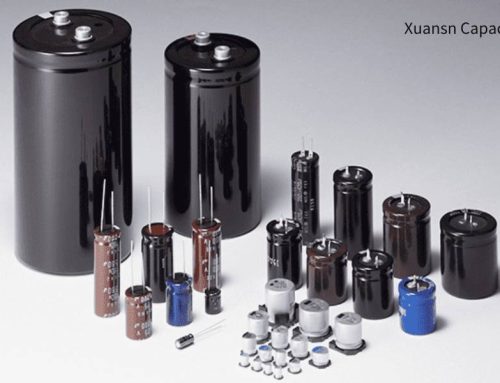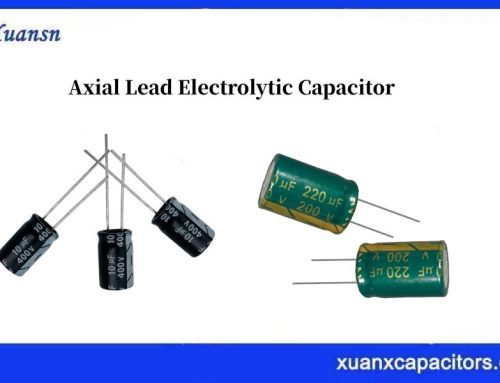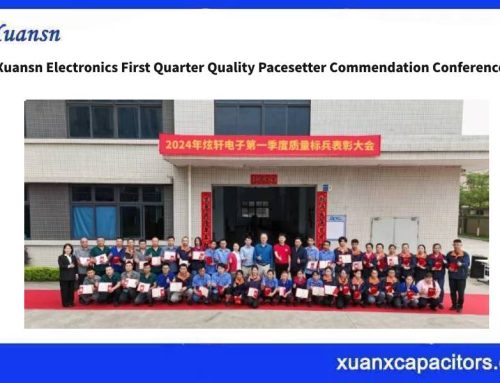1.1 Understand the classification of capacitors
There are many types of capacitors. According to whether their capacitance is adjustable, they can be divided into two categories: fixed capacitors and variable capacitors; according to the polarity of the capacitor pins, they can be divided into non-polar capacitors and polar capacitors (electrolytic capacitors). To sum up, capacitors can be divided into ordinary capacitors, electrolytic capacitors and variable capacitors.
A capacitor is an element (energy storage element) that can store electrical energy, often referred to simply as a capacitor. Like resistors, capacitors are found in almost every electronic product. Figure 3-1 shows the capacitors on the circuit board.
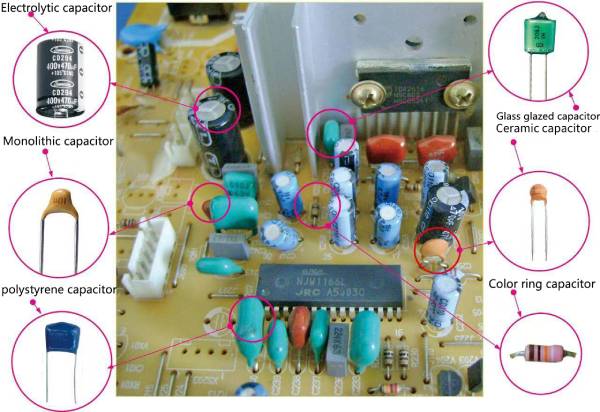
Figure 3-1 Capacitors on circuit analysis of typical electronic products
1.2 One of the types of capacitors:Ordinary capacitors
Common common capacitors mainly include color ring capacitors, paper capacitors, ceramic capacitors, mica capacitors, polyester capacitors, glass glaze capacitors, polystyrene capacitors, etc.
1.2.1 Color ring capacitor
Color ring capacitors are marked with multiple color rings of different colors on the outer casing of the capacitor to identify the capacitance. This type of capacitor is very similar to a color ring resistor, as shown in Figure 3-2.

Figure 3-2 Physical appearance of color ring capacitor
Ordinary capacitors are also called non-polar capacitors, which means that the two pins of the capacitor have no positive and negative polarity. When used, the two pins can be connected interchangeably. In most cases, due to the characteristics of materials and manufacturing processes, ordinary capacitors have fixed capacitance during production, so they are also capacitors with fixed capacitance.
1.2.2 Paper capacitors
Paper dielectric capacitors are capacitors with paper as the medium. As shown in Figure 3-3, two layers of strip-shaped aluminum or tin foil are used to pad the paper soaked in paraffin wax into a cylinder, and then put into an insulating paper shell or metal shell. , The two pins are isolated with insulating material.

Figure 3-3 Physical appearance of paper dielectric capacitor
In practical application, there is a metallized paper capacitor. A metal film with a thickness of 0.1 μm is evaporated on the capacitor paper coated with cellulose acetate paint as an electrode, and then the metallized paper is wound into a core It is assembled with lead wires and packaged in the shell, as shown in Figure 3-4. The capacitor is smaller than ordinary paper capacitors, but its capacity is larger, and it has self-recovery ability after being broken down by high voltage. It is widely used in automatic instruments, automatic control devices and various household appliances, and is not suitable for high-frequency circuits.

Figure 3-4 Physical appearance of metallized paper dielectric capacitor
1.2.3 Ceramic capacitors
Porcelain capacitors use ceramic materials as the medium, and are often coated with protective paints of various colors on the outer layer, and the electrodes are made of silver on the ceramic sheet, as shown in Figure 3-5. This kind of capacitor has small loss, good stability, and high temperature and high pressure resistance. It is the most widely used capacitor.
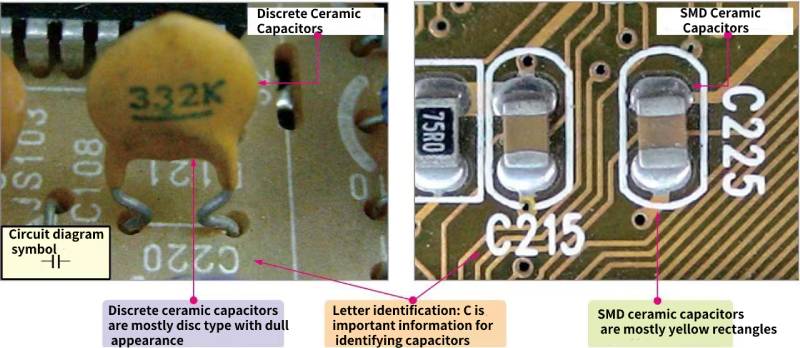
Figure 3-5 Physical appearance of ceramic capacitors
1.2.4 Mica capacitor
A mica capacitor is a capacitor with mica as the medium, usually with metal foil as the electrode, and its shape is usually rectangular, as shown in Figure 3-6.
The capacitance of mica capacitors is small, only a few picofarads (pF) to several thousand picofarads. It has the characteristics of high reliability and good frequency characteristics, and is suitable for high-frequency circuits.

Figure 3-6 Physical appearance of mica capacitor
1.2.5 Polyester capacitor
A polyester capacitor is a capacitor that uses polyester film as a medium, and it can also be called a polyester capacitor, as shown in Figure 3-7.

Figure 3-7 Physical appearance of polyester capacitor
The cost of polyester capacitors is low, and they have good heat resistance, pressure resistance and moisture resistance, but their stability is poor. They are usually suitable for circuits that do not require high stability, for example, in the coupling of color TVs or radios, It is often used in circuits such as DC blocking.
1.2.6 Glass glaze capacitor
A glass glaze capacitor is a capacitor that uses glass glaze powder as a dielectric, as shown in Figure 3-8. The capacitance of this kind of capacitor is generally 10-3300pF, and the withstand voltage value is 40V and 100V. It has the characteristics of large dielectric coefficient, high temperature resistance, strong moisture resistance, and low loss.
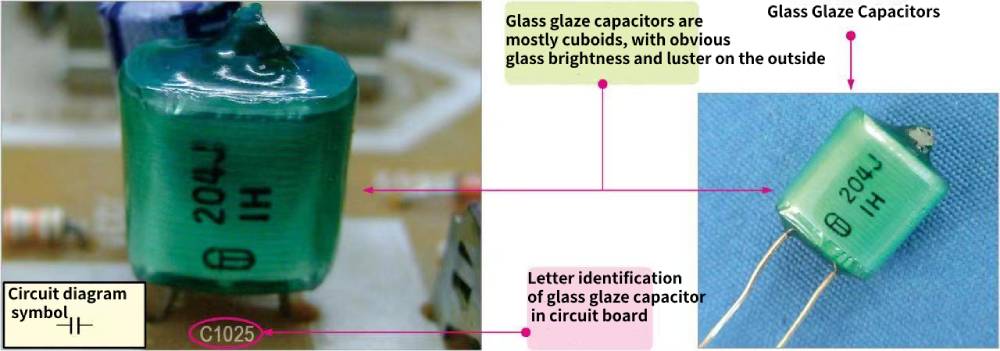
Figure 3-8 Physical appearance of glass glaze capacitor
1.2.7 Polystyrene capacitors
Polystyrene capacitors are capacitors made of non-polar polystyrene film as the medium. Usually, two or three layers of film and metal electrodes are overlapped and wound internally, as shown in Figure 3-9. This kind of capacitor has low cost, low loss, high insulation resistance, and stable capacitance, and is mostly used in circuits that require precise capacitance.
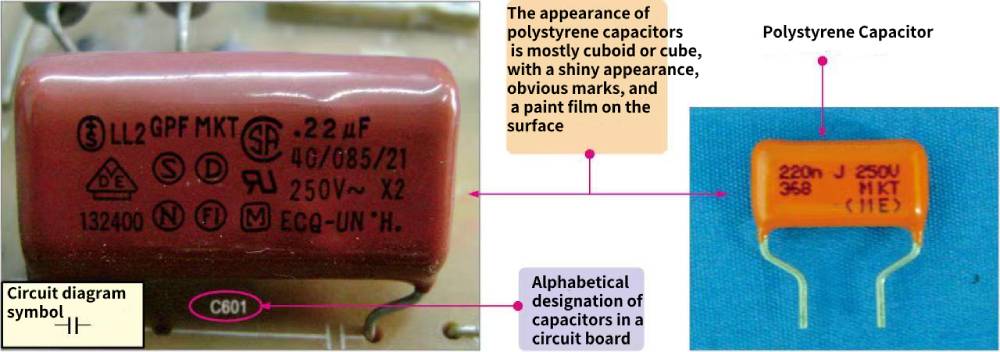
Figure 3-9 Physical appearance of polystyrene capacitors
Different types of capacitors have different specifications for capacitance and rated voltage values. Table 3-1 shows the specifications of the capacitance of ordinary capacitors.

Table 3-1 Specifications of common capacitor capacitance
1.3 One of the types of capacitors:Electrolytic Capacitors
Common electrolytic capacitors are different from the above-mentioned common capacitors. The pins have clear positive and negative poles, so they are also called polarized capacitors. When using this type of capacitor, the polarity of the two pins cannot be reversed.
Common electrolytic capacitors mainly include aluminum electrolytic capacitors and tantalum electrolytic capacitors according to different electrode materials.
1.3.1 Aluminum electrolytic capacitor
Aluminum electrolytic capacitors are liquid electrolytic capacitors. According to the state of the dielectric material, they are divided into two types: ordinary aluminum electrolytic capacitors (liquid aluminum electrolytic capacitors) and solid aluminum electrolytic capacitors (referred to as solid capacitors), as shown in Figure 3-10. It is the most widely used capacitor at present.
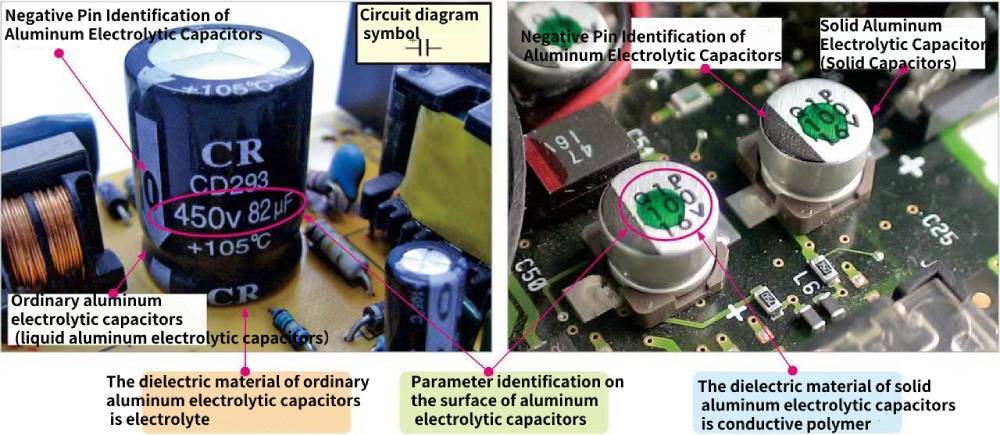
Figure 3-10 Physical appearance of an aluminum electrolytic capacitor
Aluminum electrolytic capacitors have large capacitance. Compared with non-polar capacitors, they have low insulation resistance, large leakage current, and poor frequency characteristics. The capacity and loss will change with the surrounding environment and time, especially when the temperature is too low or too high. In the case of high voltage, it will fail if it is not used for a long time. Therefore, aluminum electrolytic capacitors are mostly used in low-frequency and low-voltage circuits.
The specifications of aluminum electrolytic capacitors are various, and the shape is also different according to the manufacturing process. Common types include solder pin type aluminum electrolytic capacitors, bolt type aluminum electrolytic capacitors, and axial aluminum electrolytic capacitors, as shown in Figure 3-11.

Figure 3-11 Different types of aluminum electrolytic capacitors
1.3.2 Tantalum Electrolytic Capacitors
Tantalum electrolytic capacitors are capacitors made of metal tantalum as the positive electrode material. There are mainly two types of solid tantalum electrolytic capacitors and liquid tantalum electrolytic capacitors. Among them, solid tantalum electrolytic capacitors are divided into discrete tantalum electrolytic capacitors and chip tantalum electrolytic capacitors according to different installation forms, as shown in Figure 3-12.

Figure 3-12 Physical appearance of tantalum electrolytic capacitor
The temperature characteristics, frequency characteristics and reliability of tantalum electrolytic capacitors are better than aluminum electrolytic capacitors, especially the leakage current is extremely small, the charge storage capacity is good, the life is long, and the error is small, but the price is high, and it is usually used in high-precision electronic circuits middle.
Regarding the leakage current of the capacitor: When the capacitor is applied with a DC voltage, since the capacitor medium is not a complete insulator, the capacitor will have a leakage current. If the leakage current is too large, the capacitor will heat up and burn out. Typically, electrolytic capacitors will have a higher leakage current than other types of capacitors. Therefore, the leakage current is commonly used to indicate the insulation performance of electrolytic capacitors.
Regarding the leakage resistance of the capacitor:
Since the medium between the two poles of the capacitor is not an absolute insulator, the resistance is not infinite, but a finite value, generally very precise, such as 534kΩ, 652kΩ. The resistance between the two poles of the capacitor is called insulation resistance, also called leakage resistance, which is the ratio of the DC voltage at the rated operating voltage to the leakage current through the capacitor. The smaller the leakage resistance, the more serious the leakage. Capacitor leakage will cause energy loss, which not only affects the life of the capacitor, but also affects the operation of the circuit. Therefore, the larger the leakage resistance of the capacitor, the better.
1.4 One of the types of capacitors:Variable Capacitors
A variable capacitor is a capacitor whose capacitance can be adjusted within a certain range. Generally, it consists of two sets of pole pieces insulated from each other. Among them, a group of fixed pole pieces is called a fixed piece, and a group of movable pole pieces is called a moving piece. By changing the relative effective area or the distance between the pole pieces, the capacitance changes accordingly. Variable capacitors are mainly used for signal selection (tuning) in radio receiving circuits.
Variable capacitors can be divided into fine-tuning variable capacitors, single-connected variable capacitors, double-connected variable capacitors and quadruple-connected variable capacitors according to different structures.
1.4.1 Trimming the variable capacitor
Fine-tuning variable capacitors are also called semi-adjustable capacitors. The capacitance adjustment range is small. The common ones are ceramic trimmer capacitors, tubular trimmer capacitors (pull-wire trimmer capacitors), mica trimmer capacitors, and film trimmer capacitors. The capacitance is generally 5~ 45pF, mainly used in the tuning circuit of the radio.Figure 3-13 shows the physical appearance of a typical trimmer variable capacitor.
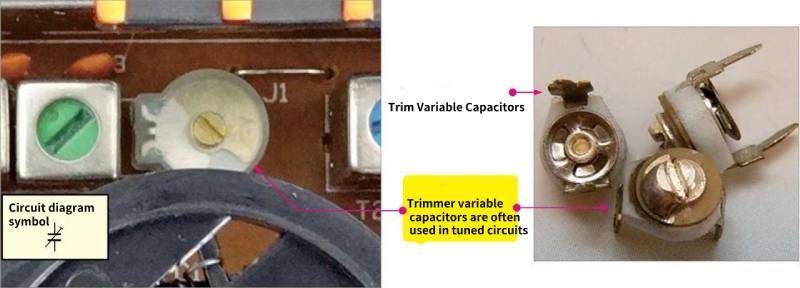
Figure 3-13 Physical appearance of a typical fine-tuning variable capacitor
1.4.2 Single variable capacitor
A single-connected variable capacitor is composed of two groups of metal aluminum sheets that are insulated from each other, as shown in Figure 3-14. One of them is a moving piece, the other is a fixed piece, with air as the medium in the middle. When adjusting the rotating shaft on the single-connected variable capacitor, it can drive the internal movable piece to rotate, thereby changing the relative position of the fixed piece and the moving piece, so that the capacitance can be changed accordingly. This type of capacitor has only one adjustable capacitor inside.
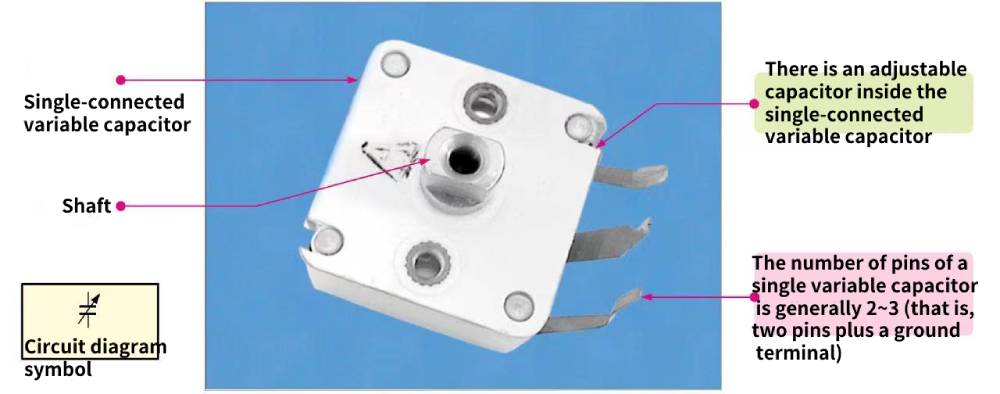
Figure 3-14 Physical appearance of a single variable capacitor
1.4.3 Duplex variable capacitor
A double-connected variable capacitor can be simply understood as a combination of two single-connected variable capacitors, as shown in Figure 3-15. When adjusting, the two capacitors change synchronously. The internal structure of this capacitor is similar to that of a single-connected variable capacitor, except that one rotating shaft drives the moving plates of the two capacitors, and the moving plates of the two capacitors rotate synchronously.
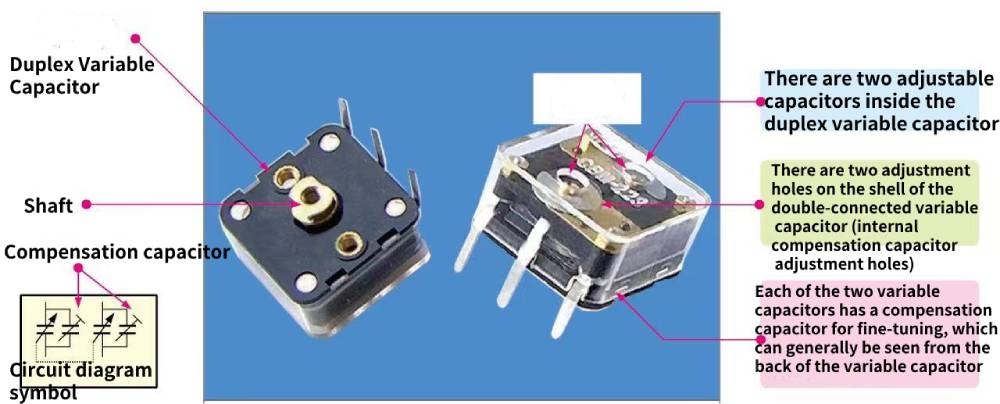
Figure 3-15 Physical appearance of a double variable capacitor
1.4.4 Quadruple Variable Capacitors
The interior of the quadruple variable capacitor contains four single synchronously adjustable capacitors. Figure 3-16 shows the physical appearance of the quadruple variable capacitor.
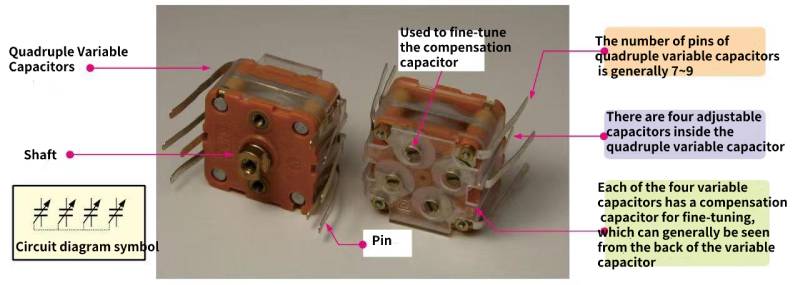
Figure 3-16 Physical appearance of quadruple variable capacitor
Generally, the identification of single-connected variable capacitors, double-connected variable capacitors and quadruple-connected variable capacitors can be distinguished by the number of pins and back compensation capacitors. Taking a double capacitor as an example, Figure 3-17 is a schematic diagram of the internal structure of a double variable capacitor.

Figure 3-17 Schematic diagram of the internal structure of a dual variable capacitor
It can be seen from Figure 3-17 that the two variable capacitors in the dual variable capacitor each have a compensation capacitor attached. The compensation capacitor can be fine-tuned individually. Generally, two compensation capacitors can be seen on the back of a double-connected variable capacitor; four compensation capacitors can be seen on the back of a quadruple variable capacitor; and only one compensation capacitor can be seen on a single-connected variable capacitor. It is also worth noting that due to different production processes, the number of pins of variable capacitors is not completely uniform. Usually, the number of pins of a single-connected variable capacitor is generally 2 to 3 (two pins plus a ground terminal), the number of pins of a double-connected variable capacitor does not exceed 7, and the number of pins of a quadruple-connected variable capacitor The number is 7 to 9. Except for the pins of the variable capacitor, the rest of these pins are ground pins for easy connection with the circuit.
According to different media, variable capacitors can be divided into two types: film dielectric variable capacitors and air dielectric variable capacitors. Among them, the film dielectric variable capacitor refers to adding a mica sheet or a plastic (polystyrene and other materials) film as a medium between the moving piece and the fixed piece (the moving piece and the fixed piece are both irregular semicircular metal pieces). The variable capacitor, the shell is transparent plastic, has the characteristics of small size, light weight, small capacitance, easy to wear, such as single-connected and double-connected variable capacitors.
The electrodes of an air-dielectric variable capacitor consist of two sets of metal sheets. Among them, the fixed group is the fixed piece, and the rotatable group is the moving piece. The air is used as the medium between the moving piece and the fixed piece. It is mostly used in radios, electronic instruments, high-frequency signal generators, communication equipment and related electronic equipment. Common air variable capacitors mainly include air single-connected variable capacitors (air single-connected) and air double-connected variable capacitors (air double-connected), as shown in Figure 3-18.

Figure 3-18 Air dielectric variable capacitor

